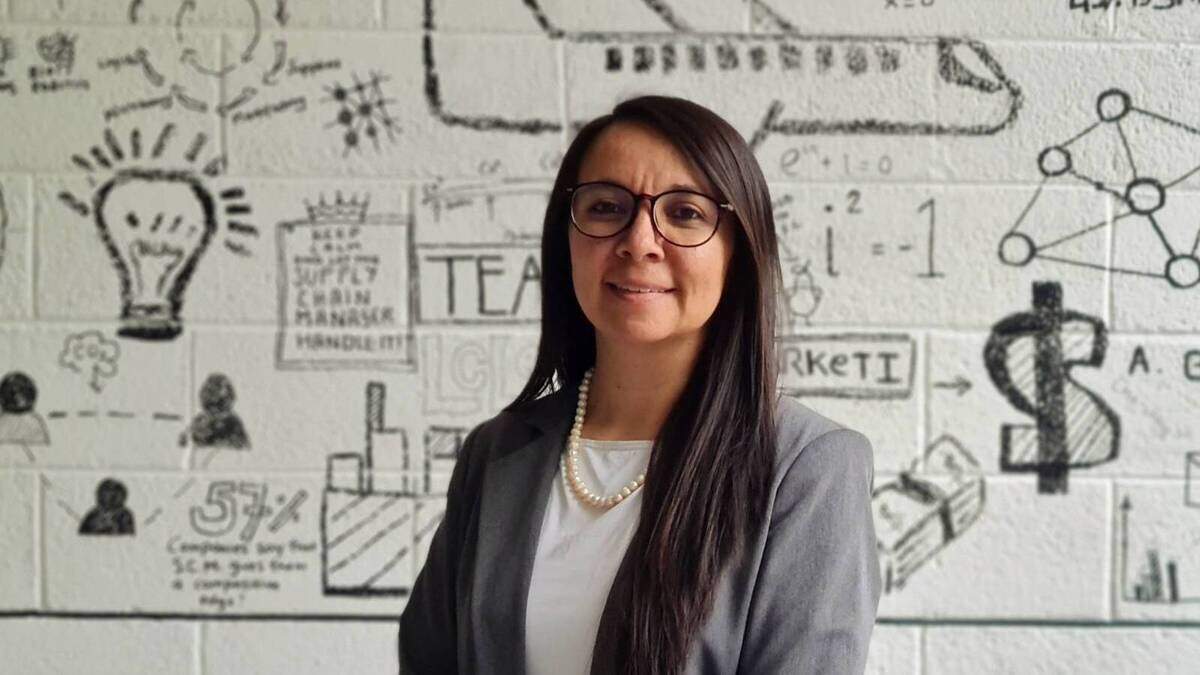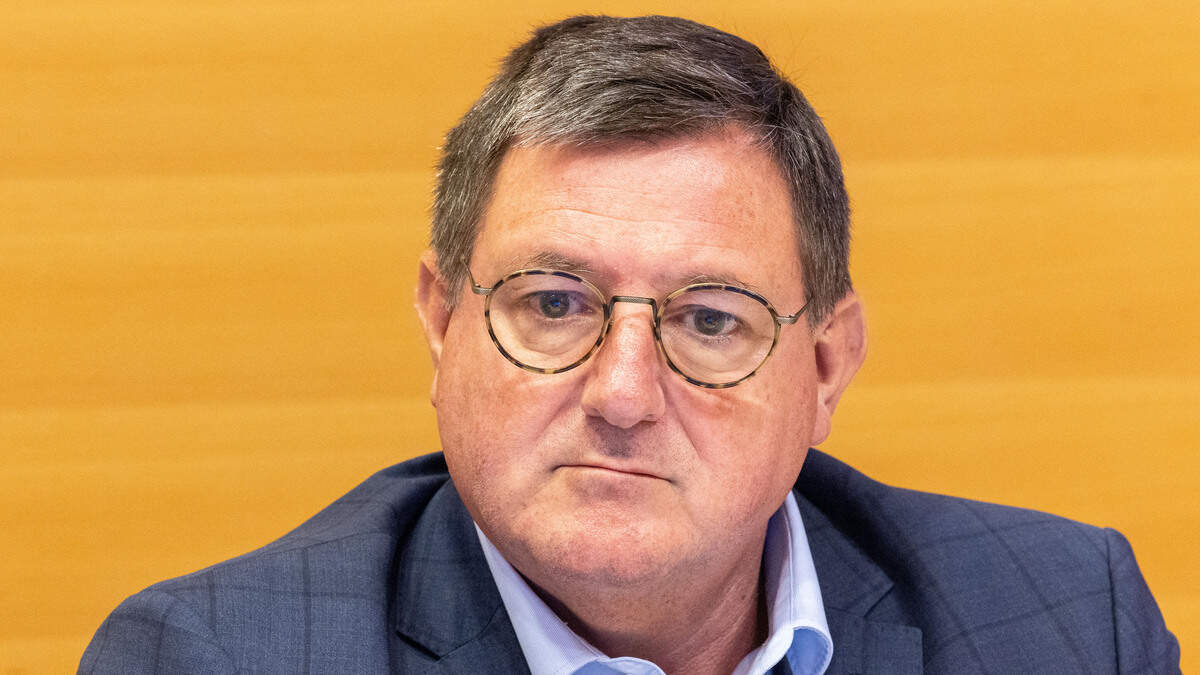The University of Luxembourg is to lead an ambitious EU-wide project aimed at helping cities – including Differdange – reduce emissions caused by transport.
The NEXTLOGIC pilot project will test out sustainable urban mobility solutions in cities across the bloc and was initiated by Dr Laura Palacios-Argüello, a research scientist at the Luxembourg Centre for Logistics and Supply Chain Management within the Faculty of Law, Economics and Finance.
She developed the project with the help of Professor Francesco Viti, head of the Department of Engineering at the Faculty of Science, Technology and Medicine, combining the expertise of two different faculties.
NEXTLOGIC was created in response to a European Commission call under its EU Mission on Climate-Neutral and Smart Cities.
Logistics: an overlooked issue in mobility
The key topic the project will address is the current lack of sustainable urban logistics planning, which encompasses “tools that allow cities to plan how to frame logistics operations inside their urban areas,” Palacios-Argüello explained.
In fact, “freight is something that is usually not top of mind for local authorities, who often focus on addressing passenger mobility instead. This is why this project is combining both,” Palacios-Argüello said.
The researchers explained that cities are always juggling various conflicting objectives, for example trying to ensure the accessibility of both goods and people.
However, as Viti pointed out, improving accessibility also means attracting more vehicles, which in turn generates more emissions. “In order to mitigate these two objectives, sustainability versus improved accessibility, we also have to identify the right policies and instruments that can help mitigate this and find win-win solutions,” Viti said.
The NEXTLOGIC project’s ambition is to identify concrete solutions that can achieve both goals, and simultaneously push stakeholders to choose cleaner modes of transport for goods. “It is important for us to understand how much improving logistics impacts the mobility of passengers rather than the other way around,” he said.
Pilot cities as role models
To achieve their goals, a consortium of thirty-five partners across thirteen countries has been established, with the University of Luxembourg researchers at its helm. This includes local entities such as LuxMobility, as well as foreign cities and industrial partners.
The eight pilot cities that are part of NEXTLOGIC were selected from the NetZero mission cities, a group of 112 cities across the EU that have pledged to achieve climate neutrality. They include Dublin, The Hague, Aarhus, Wroclaw, Heidelberg, Frankfurt, Bergamo, and Differdange. “These cities are, of course, interested in solving their own problems, but they will also act as role models for others,” Viti explained.
Professor Francesco Viti, head of the Department of Engineering at the Faculty of Science, Technology and Medicine © Photo credit: University of Luxembourg/levygraphie.lu
It was important for the researchers to try to include “pilots that are spread around the EU, so that you can also identify specificities which may come from climate, culture, and political interests and priorities”.
The project is set to begin in January 2026 and will last four years, until 2029. The first six months will be used for data collection, “to understand the requirements of the companies for the co-creation of solutions with cities”. Later, there will be space for building and implementing local solutions in the pilot cities in partnership with local authorities, industry, and academic actors.
While the project focuses on innovative solutions rather than academic study, Viti said, “there will also be a little bit of research as the project develops because there are digital instruments, such as digital twins or the creation of mobile applications for various stakeholders that will be developed.” Nonetheless, the ultimate aim is that by the end of the project, “the main result will be the prototypes of solutions being actively used across the participating cities”.
Sustainability solutions
Different cities within the NEXTLOGIC consortium might have different goals, said Viti, and will attempt to reduce their emissions and improve the flow of people and goods through a combination of “urban space reallocation, infrastructure planning, and management solutions for mobility and logistics.”
The city of Aarhus in Denmark will, for example, focus on trying to achieve the “so-called 15-minute city paradigm” – which traditionally refers to a model whereby people can access essential daily services within 15 minutes of walking or cycling from their home – by “making movements, including goods transport, achievable through a sustainable mode of transport within the city by adapting existing metro or tram stops into transport hubs,” Viti explained.
So-called smart loading/unloading zones are another solution to help lower the burden of deliveries within cities, where a delivery driver can book a space for a given time.
This allows parking spaces to be used in dynamic ways, “for example, from 10:00 to 12:00 the space could be reserved for unloading merchandise, but at noon, it could instead be used by restaurants, and later for parking”, Palacios-Argüello said, adding that the example could also work in places such as Luxembourg’s busy city centre.
“Local authorities are often afraid to implement long-term policies. So this is where ‘Digital Twins’ is a powerful tool for cities to simulate what could be the impact of future policies, right?” she said. Digital Twins is a software co-created by the Luxembourg Institute of Science and Technology that utilises virtual reality, which lets cities safely test potential solutions and envision their impact.
Another intervention could come in the form of mobile micro hubs, which help transfer goods from larger vehicles to smaller ones, and the general concept of “micro mobility” once the vehicles arrive in a city.
“This is so that the last mile of delivery can be covered with low-capacity, but extremely clean, vehicles, which will not need the same space that commercial vehicles do,” Palacios-Argüello explained. Since they are small, mobile vehicles, cities can also switch around the locations used, testing the feasibility of one location over another.
The researchers hope these innovations will help cities achieve their sustainability goals, but are cautious in predicting whether this will actually be the case.
“When you conceive a project, you have some expectations. And then, things can change because of increased pollution from other sources, or there can be changes in technologies and political interests,” said Viti. “Everybody hopes we will meet these expectations, but it is also acceptable that over the course of this project, there might be deviations that could yield results which would exceed them, but it could also happen the other way around,” he added.





